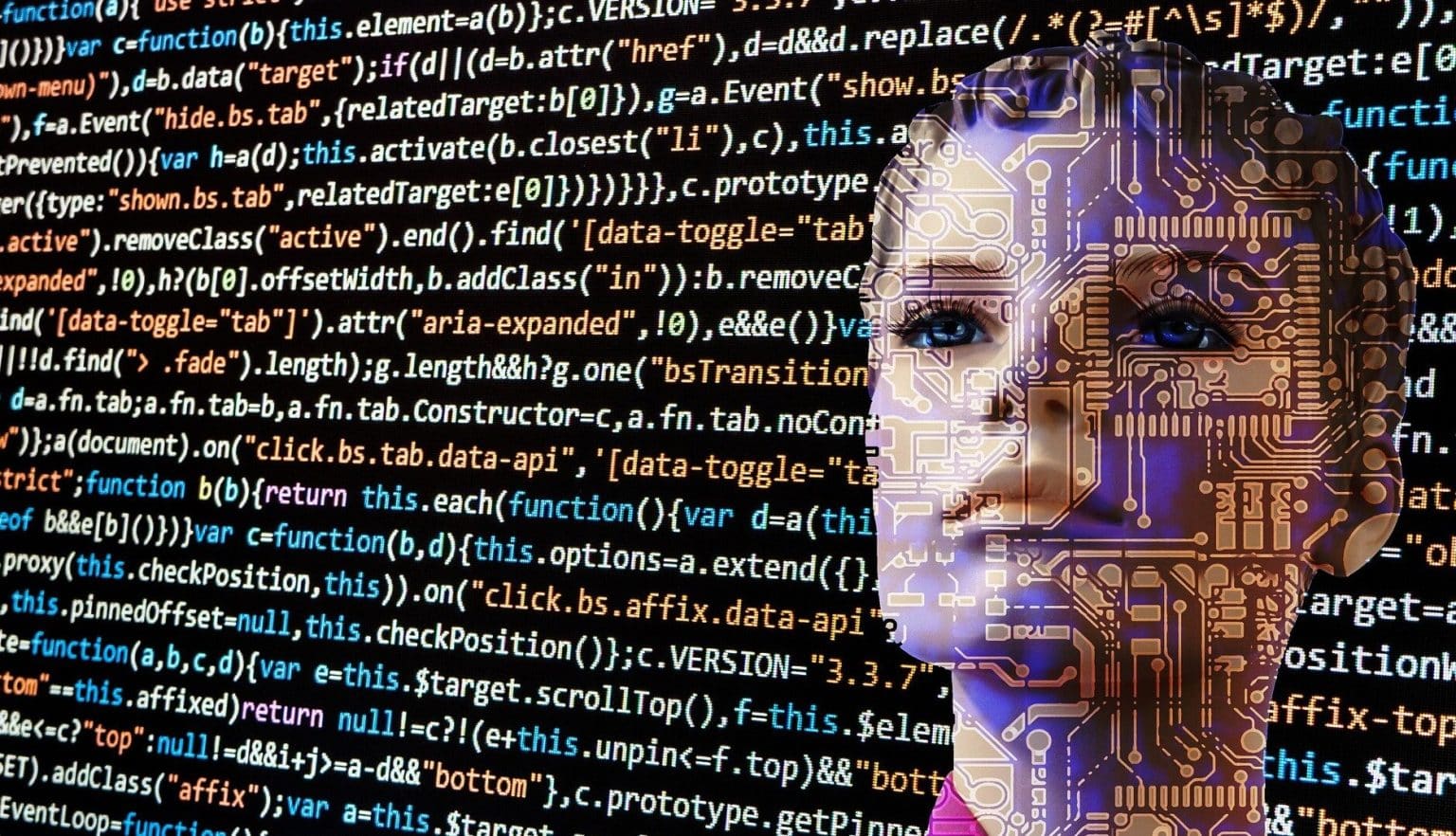Researchers have introduced a groundbreaking artificial intelligence (AI) algorithm called Torque Clustering, designed to detect patterns in data without human intervention autonomously.
The new approach, detailed in a recent paper published in IEEE Transactions on Pattern Analysis and Machine Intelligence, could represent a major step forward in developing autonomous AI systems.
Unlike traditional AI methods, which rely on supervised learning with pre-labeled datasets, Torque Clustering allows machines to analyze data independently. This self-learning approach mimics how animals learn from their environment, offering the potential for more intuitive and flexible AI systems.
By uncovering hidden structures within large datasets, the algorithm has already shown impressive results across various fields, including medicine, finance, and astronomy. Torque Clustering’s ability to work with raw, unlabeled data could significantly reduce the human input required for data analysis.
Correlation Clusters:
ML Technique: (K-means Clustering)
It computes correlation coefficients between a reference ticker and others.
Then, it clusters tickers by similarity, grouping them into cliques that move together. pic.twitter.com/ja5RoilB3B
— LuxAlgo (@LuxAlgo) February 14, 2025Professor CT Lin of the University of Technology Sydney emphasized the limitations of existing AI models that rely heavily on human-labeled data, noting that supervised learning is costly and time-consuming. “In contrast, unsupervised learning techniques like Torque Clustering can uncover patterns and structures within data without needing labels,” he explained.
Torque Clustering is inspired by physics, specifically the principles of torque in gravitational interactions. First author Dr. Jie Yang explained that the algorithm uses mass and distance principles to autonomously group data accurately. In rigorous tests across 1,000 datasets, the algorithm achieved a 97.7% adjusted mutual information (AMI) score, significantly outperforming traditional unsupervised learning methods.
Read: ByteDance Launches Goku AI: A New Challenger in the AI Arena
Experts believe Torque Clustering could advance general artificial intelligence, particularly in robotics and autonomous systems. With its open-source release, the algorithm is now available for global research, paving the way for a new era of autonomous AI development.






